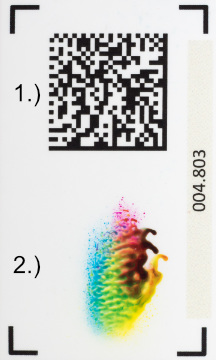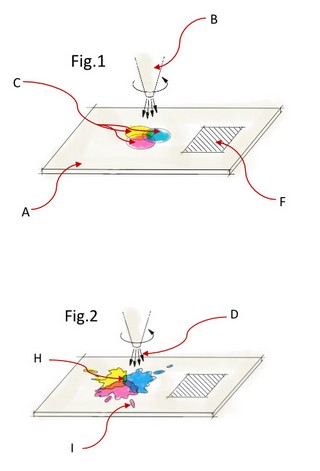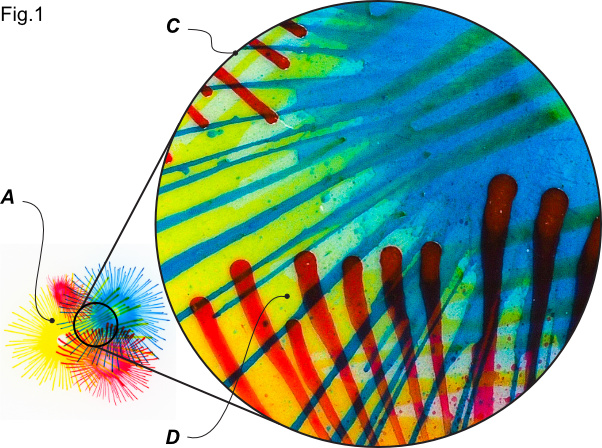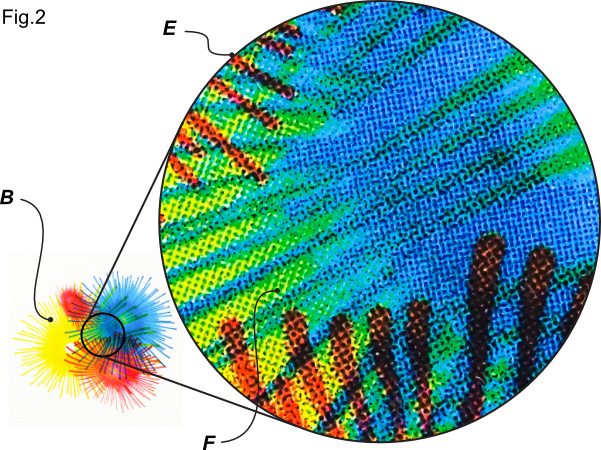
We protect end consumers, dealers and manufacturers from counterfeit products and the resulting consequences.
Idea and concept
"We at MOBO are convinced that we are only at the beginning of digitalization. Many areas of our lives, both privately and professionally, will change massively through block chain technologies and the Internet of Things. What is still lacking, however, is unchangeable proof of identity. Without them, products, manufacturers and their consumers are far too easily victims of counterfeiting and abuse.
With Project eXsist we give all products a forgery-proof birth certificate and an unchangeable fingerprint. In this way, every real product, from baby food to expensive spare parts, can be clearly identified and implemented in the digitalisation process".
What is eXsist and what distinguishes it from conventional solutions?
With eXsist it is possible for the first time for the end consumer to check the origin and authenticity of products before purchase, and to document ownership relationships in a tamper-proof manner. A smartphone of the current generation is all you need.
Manufacturers can protect themselves against product piracy, false warranty claims, as well as financial and image damage with eXist. And this at a fraction of the cost of previous solutions. The damage caused to the European economy alone is estimated at 60 billion euros per year.
- An eXsis code is the "birth certificate" and "fingerprint" of a real product.
- eXsis codes give any type of product a global, unchangeable identity. This makes eXsis codes the interface from the real physical world to the virtual digital world.
- eXsis codes are forgery-proof and cannot be reproduced in bulk.
- eXsis codes do not require expensive peripherals such as RFID or NFC technologies.
- eXsis codes do not require special equipment for verification (UV light etc.). This allows a wide audience to check if the product they want to purchase is an original. All you need is an up-to-date, commercially available smartphone.
- eXsis codes do not require expensive production techniques, special colors or the like. The manufacturing process is many times cheaper than other safety-relevant features.
- eXsis codes are scalable, globally applicable and can be implemented in any production line.
eXsis codes consist of two parts:
1. a digital key in the form of an encrypted and unique data matrix code. The content can be defined accordingly and filled with all possible information such as production date, ingredients, etc. Furthermore it can act as a pointer in a block chain, which in turn contains all information like current owner, best before date etc.... 2....and one, let's call it, eXsis code "fingerprint", which is unique, random and unchangeable. This is the primary key to the function of the entire system, as it cannot be reproduced in mass and is unique, similar to a human fingerprint. |  |
How do we make the eXsis code "fingerprints" unique?
Fig.1: A quantity of different colours C is applied offset to each product A with a nozzle system B. Apply enough paint to supersaturate A. So, in principle, "too much" ink is applied. In addition, the code F is generated and applied to A. Fig.2: Now the excess paint, which could not penetrate into material A, is swirled by means of rotating compressed air D. This mixes the colours and produces half tones H, the finest splashes I and structures. |  |
The uncontrolled swirling of the colours creates a unique pattern and every "fingerprint" looks different.

Why can the eXsis code "Fingerprints" not be reproduced in mass?
Figure A in Fig.1 shows a 40MPx. Recording of an eXsis code "Fingerprint". Figure C is a detail enlargement of A at pixel level.

D clearly shows how half tones, mixing areas and the finest structures have been created by the swirling of the colours.
Figure B in Fig.2 shows a copy of A (Fig.1) scanned with a high-performance scanner and reprinted on an HP Indigo digital press with the highest resolution. E is a detail enlargement of B at pixel level.

It can clearly be seen that industrial printing machines can only reproduce halftones if they screen them F.
Precisely this rasterization and the uniqueness of each "fingerprint" makes it impossible to reproduce these patterns on a massive scale. The copy security can be further increased by adding special pigments, such as glitter particles, to the color, or 3-dimensional structures are created by viscous colors.
Every camera on today's commercially available smartphones has high enough resolution to clearly recognize the raster.
Product protection is only one of many possible applications. Please contact us and we will be happy to show you the enormous benefits you can generate from it.
